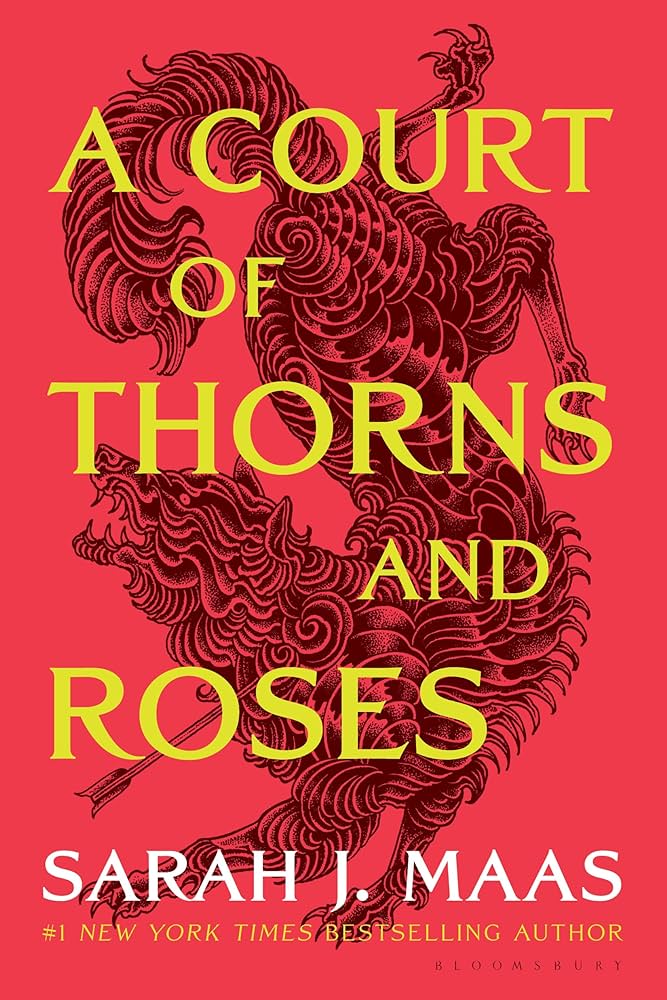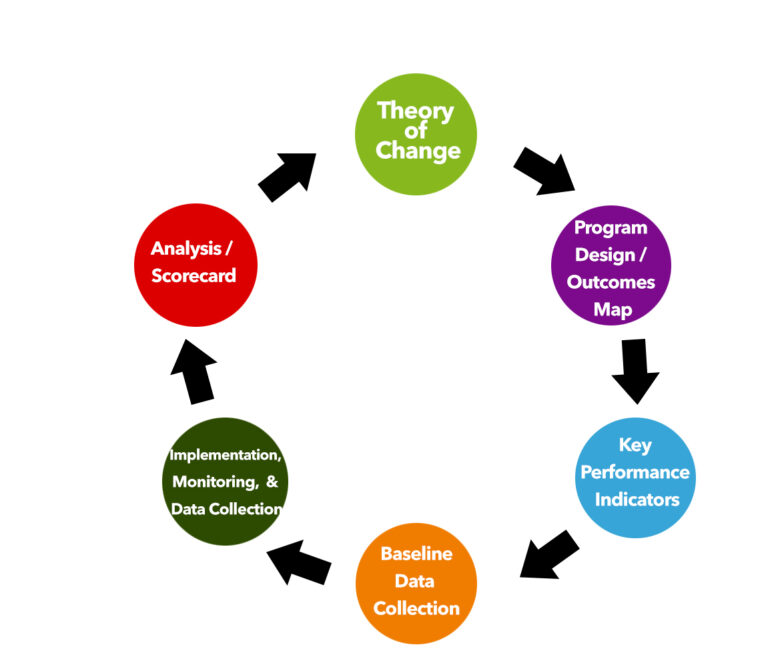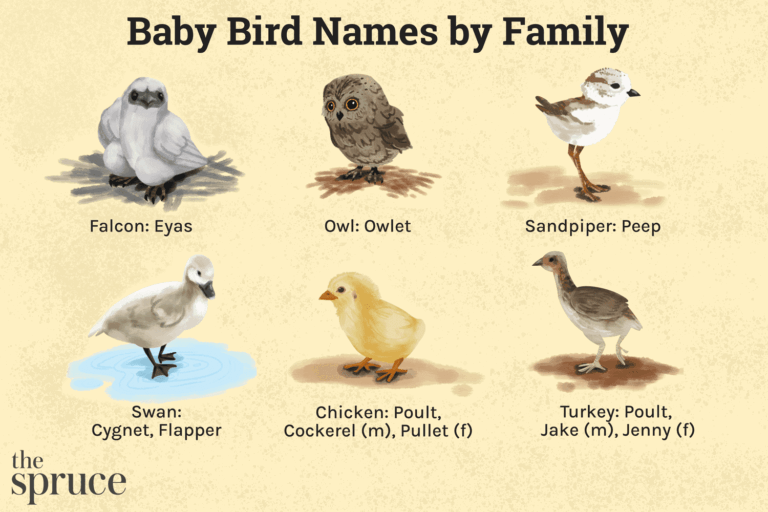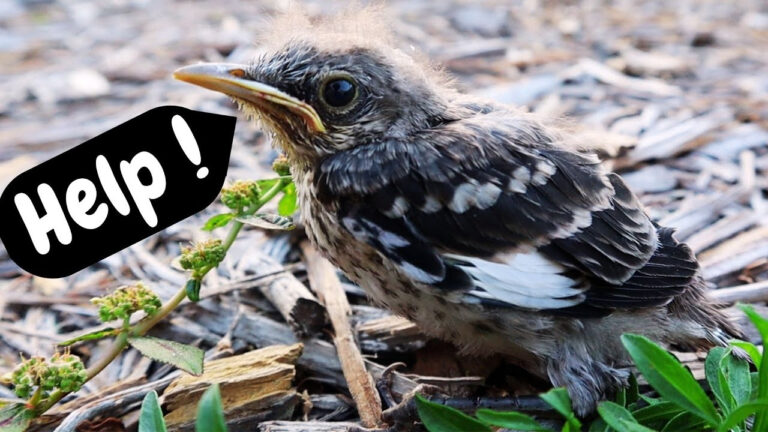How To Know If A Tooth Is A Baby Tooth
Are you wondering if your child’s tooth is a baby tooth or a permanent tooth? It’s essential to know the difference to ensure proper dental care. In this article, we will explore how to distinguish between baby teeth and permanent teeth and provide you with all the information you need to make an informed decision. Let’s dive in!
Knowledge
When it comes to determining if a tooth is a baby tooth or a permanent tooth, there are a few key factors to consider. Baby teeth, also known as deciduous teeth, typically begin to erupt around 6 months of age and continue to do so until the child is around 2 to 3 years old. These teeth are smaller in size and whiter in color compared to permanent teeth.
Baby teeth are smaller and more rounded in shape compared to permanent teeth. They are designed to make room for the larger permanent teeth that will eventually replace them. If you notice a tooth that is significantly smaller and more rounded than the surrounding teeth, it is likely a baby tooth.
Children have a total of 20 baby teeth, while adults have 32 permanent teeth. By keeping track of the number of teeth your child has, you can determine if a tooth is a baby tooth or a permanent tooth. If the tooth is one of the first 20 teeth to erupt, it is a baby tooth.
Another way to differentiate between baby teeth and permanent teeth is by examining the root development. Baby teeth have shorter roots compared to permanent teeth. X-rays can provide a clear image of the roots of the teeth and help you determine if a tooth is a baby tooth or a permanent tooth.
As children grow, their baby teeth will begin to loosen and fall out to make way for permanent teeth. If a tooth falls out naturally, it is likely a baby tooth. Permanent teeth typically do not fall out on their own unless there is an underlying dental issue.
Conclusion
In conclusion, knowing how to distinguish between baby teeth and permanent teeth is crucial for maintaining good oral health. By understanding the differences in size, shape, tooth number, root development, and tooth loss, you can accurately identify whether a tooth is a baby tooth or a permanent tooth. This knowledge will enable you to provide the necessary dental care for your child and ensure their teeth develop correctly.
Overall, this article is beneficial for parents, caregivers, and anyone interested in dental health. By following the guidelines outlined in this article, you can confidently determine if a tooth is a baby tooth or a permanent tooth and take appropriate action. Remember, proper dental care from a young age sets the foundation for a lifetime of healthy teeth and gums.






